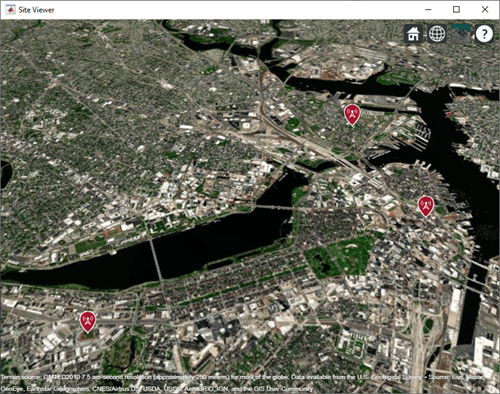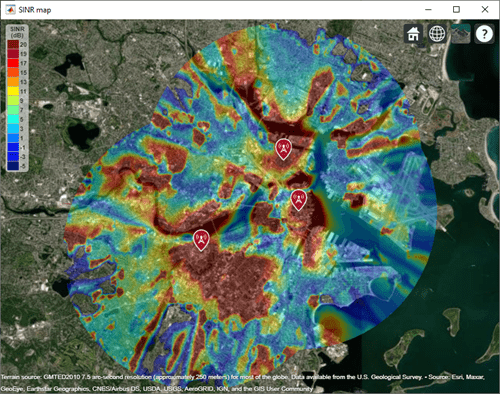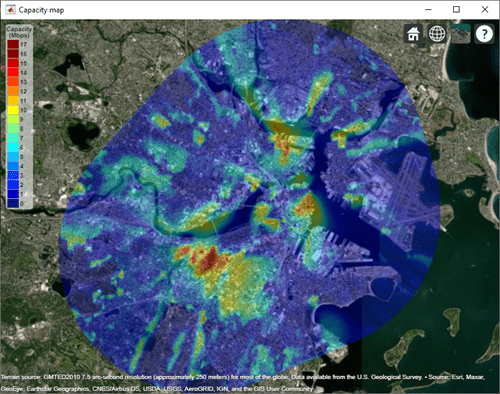getDataVariable
Get data variable values
Syntax
Description
datavariable = getDataVariable(pd)
[
returns the location coordinates of the data points in the propagation data
object.datavariable,lat,lon] = getDataVariable(pd)
Examples
Input Arguments
Output Arguments
Version History
Introduced in R2020a


